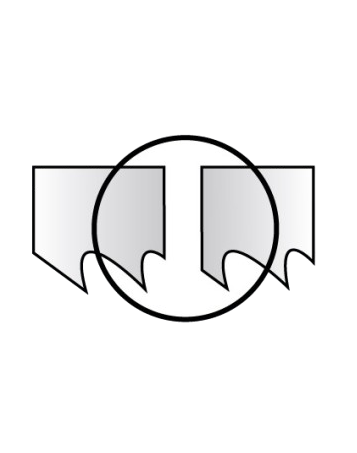
Bandsaw blade breakage can be frustrating and expensive, especially if it seems like the blade is failing prematurely. However, blades are often subjected to demanding conditions, and when properly maintained, they typically deliver a high number of cuts before eventual failure. If your blades are breaking too soon, several common causes may be contributing to the issue.
Below is a guide to help you identify and resolve the main reasons behind premature blade failure:
1. Incorrect Usage
Cause:
Improper use is one of the leading causes of premature breakage. This includes inadequate lubrication, using the wrong blade for the material, operating at incorrect cutting speeds, or continuing to use a blade that is worn out.
Solution:
- Ensure the blade is appropriate for the material being cut. Select blades with the correct tooth pitch and design for the job.
- Lubricate during cutting to reduce friction and heat.
- Train operators to recognize signs of wear and understand proper operational techniques.
- Perform regular inspections to identify wear or damage before starting a new cutting cycle.
2. Running in Procedure
Cause:
New bandsaw blades need to undergo a running-in process to properly seat and temper the blade before production cuts. Skipping this step can lead to brittle points or uneven wear, causing the blade to fail prematurely.
Solution:
- Run the blade at a 50% reduced feed rate for the first 5 minutes of operation. This allows the sharp points on the blade to gradually settle in without damage.
- Follow the instructions provided by the blade manufacturer (e.g., the guidance on Goldcut™ boxes) for best results.
3. Over Tensioning
Cause:
While tensioning is essential for performance, excessive tension can create extreme stress on the blade, especially at key points like the gullet or the back edge. Over tensioning can result in cracks or full-body breakage.
Solution:
- Use tension gauges or built-in tension indicators (common in newer saw models) to properly adjust blade tension.
- Avoid over-tightening; ensure tension remains within the manufacturer’s recommended range.
4. Incorrect Tooth Pitch
Cause:
Using a blade with an improper tooth pitch for the material or cut depth can lead to snagging and tooth breakage. The general rule is that at least three full teeth should contact the workpiece at any time during the cut; failure to meet this guideline causes stress concentration and uneven wear.
Solution:
- Match the blade’s tooth pitch to the material thickness. Thin materials require finer tooth pitches, while thicker materials benefit from coarser ones.
- Consult manufacturer guidelines to ensure the selected blade is suitable for your application.
5. Blade at End of Life
Cause:
All blades will eventually wear out, and pushing a dull or worn blade can result in catastrophic failure. As blades lose sharpness, cutting performance declines, leading to increased stress and breakage risks.
Solution:
- Look for signs of blade wear, such as higher noise levels or reduced cutting efficiency.
- Replace blades as part of routine maintenance before they fail during critical operations.
- Set a change schedule based on cutting volume and performance metrics to prevent unexpected downtime.
6. Machine Defects
Cause:
Bandsaw blades may break even if the blade is in good condition due to other issues in the machine itself. Common culprits include misalignment of bearings or guides, uneven tension distribution, or worn machine components. Misalignment often causes stress to concentrate on the welded joint of the blade, which is a common failure point.
Solution:
- Regularly inspect and align the guides, wheels, and bearings to ensure the blade is running smoothly and evenly.
- Schedule periodic servicing of the bandsaw to address any mechanical defects that might compromise blade life.
7. Poor Quality Blades
Cause:
Low-cost blades often fail to deliver the durability and cutting performance needed for demanding applications. While tempting from a cost perspective, low-quality blades wear faster and are more prone to sudden failure.
Solution:
- Invest in high-quality blades, such as Goldcut™ models, designed to withstand dynamic stress and deliver consistent results.
- Choose blades tailored for the specific application and consider long-life variants to maximize cutting efficiency.
Conclusion
Bandsaw blade breakage is a multifaceted issue caused by improper usage, skipped maintenance, incorrect setup, or poor blade quality. By addressing the core problems, such as selecting the proper blade for your material, following the running-in procedure, maintaining tension and alignment, and investing in high-quality blades, you can significantly reduce premature failures.
Additionally, regular maintenance and servicing of both the blade and the bandsaw machine are crucial to ensure long-term efficiency and reliability. With careful planning and attention to detail, you can maximize blade lifespan, minimize downtime, and achieve exceptional cuts every time.
For more tips and troubleshooting advice, consult the Goldcut™ team or explore the Bandsaw Blade Troubleshooting Guide to keep your blades running smoothly.